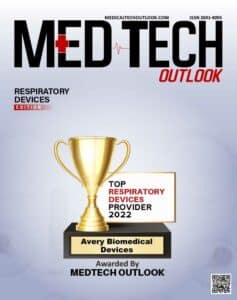
Living with CCHS
Congenital Central Hypoventilation Syndrome (CCHS) is a life-long disease. There is no known cure and treatment depends on its severity. Living with CCHS means living with respiratory support. All CCHS patients need ventilator support when they sleep. An estimated one third of patients currently require around–the-clock support.
MECHANICAL VENTILATOR SUPPORT AND ITS DRAWBACKS
A home mechanical ventilator may truly be a life-saving system for CCHS patients. It allows the patient to leave the hospital, grow up at home, and participate in activities such as school. But it has its disadvantages. There is an increased risk of infection and pneumonia with the ventilator’s tracheotomy tubes. Equipment for mechanical ventilation is typically large, cumbersome, and complicated. Packing up for a few nights away from home can be difficult. Similarly, it has a short battery life so one must always be close to an electrical outlet. A mechanical ventilator may restrict a patient’s smell and taste because air goes directly into the airway, rather than getting pulled through the mouth and nose.
A MORE NORMAL LIFESTYLE
Fortunately, for eligible CCHS patients, a respiratory support technique called diaphragm pacing via phrenic nerve stimulation may offer an improved quality of life.
- Most patients who utilize diaphragm pacing are able to participate in many “normal” activities.
- Some patients elect to remove the tracheostomy altogether.
The pacing system is small and compact. It can be carried as a backpack or a fanny-pack, allowing the patient to move around more freely. It is also quieter than a mechanical ventilator. Patients who have had a Diaphragm Pacing System successfully implanted report having a more normal lifestyle than they did when they were tethered to a mechanical ventilator.
ADDITIONAL RESOURCES
- Congenital Central Hypoventilation Syndrome Family Network
- CCHS – Genetics Home Reference
- Avery Biomedical YouTube Channel
THE AVERY DIAPHRAGM PACING SYSTEM SYSTEM
The Avery Diaphragm Pacing System System is the only diaphragm-pacing system with full pre-market approval from the USFDA and CE marking privileges under the European Active Implantable Medical Device Directive for both adult and pediatric use. In addition, its system of using small implanted radiofrequency receivers rather than electrode wires that pass directly through the skin may decrease a patient’s risk of infection and ongoing wound care management issues.

